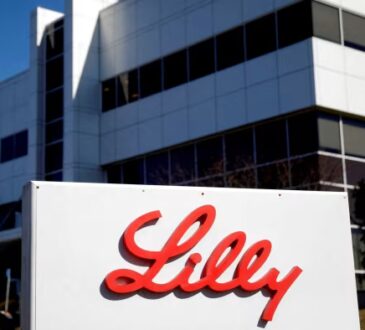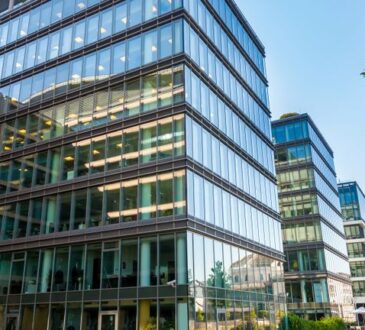
JLL reported that active office space requirements in Q2 2025 reached their highest point since late 2021, climbing 5.8% quarter-over-quarter despite stable leasing volume. This surge comes as trophy buildings in top markets command record-high rents and Sun Belt cities register positive net absorption, all suggesting renewed demand, according to JLL. The momentum was evident in JLL’s earnings: second-quarter revenue rose 11% year-over-year, and net income surged by a third. “During the second quarter, we saw an uptick in the late and prolonged decision-making, particularly in industrial and manufacturing and for more significant capital projects and investment decisions,” said CEO Christian Ulbrich.
CBRE echoed the upturn, forecasting a 10% year-over-year increase in commercial real estate investment activity for 2025, crediting new tax laws and active investors with boosting the midyear outlook. Their Q2 results were no less robust: revenue jumped 16%, earnings per share soared 71%, and advisory services revenue climbed 14%, led by a 15% increase in U.S. office leasing. CBRE increased its full-year earnings outlook and anticipates achieving a new peak.
Cushman & Wakefield describes this environment as offering “rare windows of opportunity” and a “generational reset”—a reference to a steep decline in commercial property values that is now setting the stage for selective, creative investment with the potential for accelerated appreciation. The firm’s second-quarter numbers reflected this positive turn, with capital markets revenue up 26%, overall revenue up 9%, and net income rising 30.8% compared with the same period last year.
At Colliers, investors remained optimistic, buoyed by a record-setting stock market and solid fundamentals. The company posted $1.35billion in revenue for the quarter, up 18% year-over-year, with capital markets revenue rising 17% and GAAP operating earnings doubling. Colliers highlighted the diversification and resilience of its business model, which is driving outperformance across asset classes.
Newmark joined the chorus, noting “solid momentum” in CRE debt issuance, which surpassed pre-pandemic levels with a 49% year-over-year jump in the first half of 2025, mostly driven by banks and a favorable lending climate. The firm reported a 19.9% increase in revenue and a 39.8% surge in net income compared to a year earlier.
CoStar observed that it was the first time since 2020 that all five major brokerages simultaneously raised their expectations—a trend not isolated to the largest players. On Marcus & Millichap’s latest earnings call, CEO Hessam Nadji stated that tariff-driven volatility had subsided, investor sentiment and capital markets stabilized, and the tax package passed earlier this year would serve as a tailwind for commercial real estate.
Smaller and regionally-focused firms are experiencing the lift as well. “All signs point to this recovery extending through the end of 2025 and gaining further traction into 2026,” Adam Showalter, managing director at Stream Realty Partners, told CoStar. “We’re seeing clear signs of sustained recovery in our 15 core office markets.”




